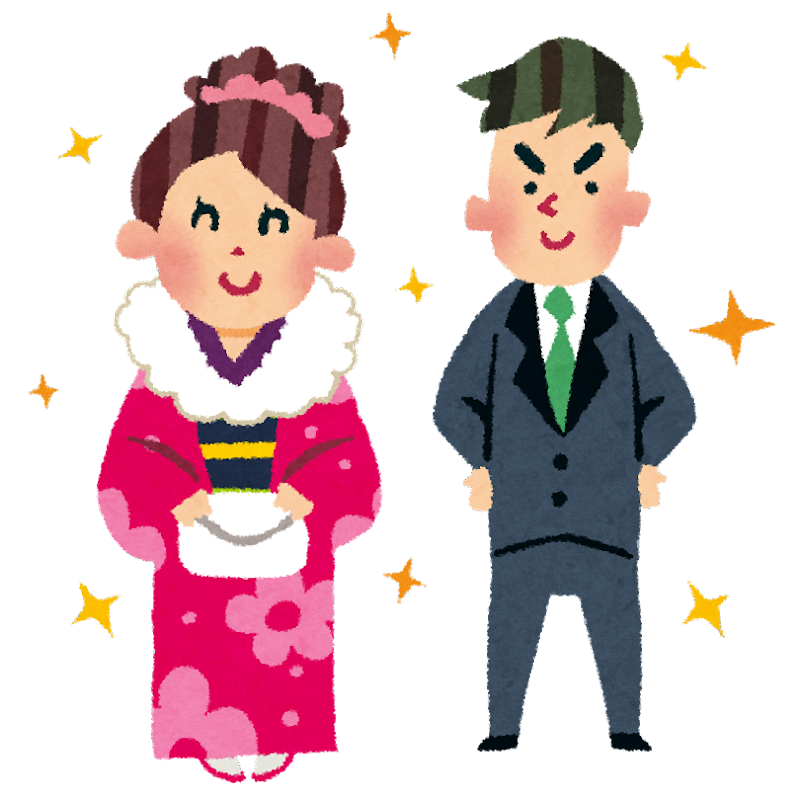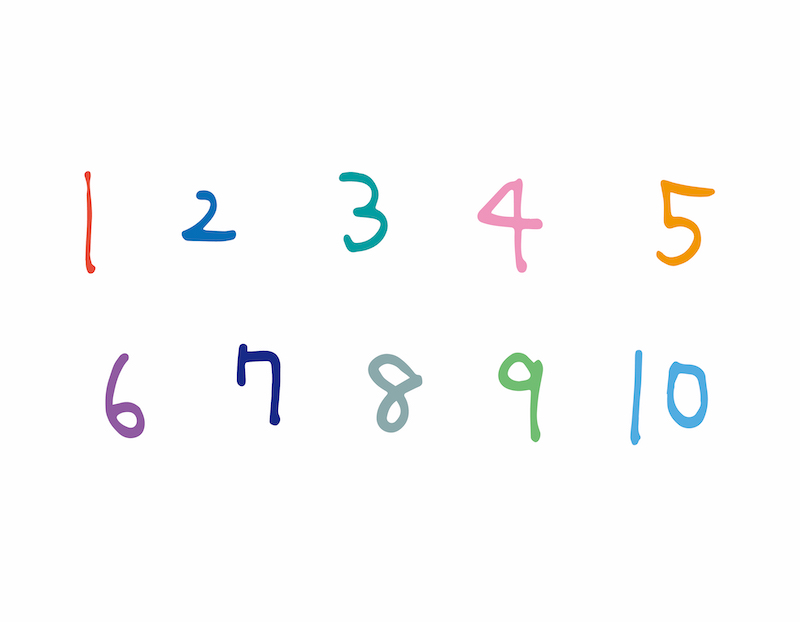Two ways of counting?
I was once asked by an American guest why there are two ways of counting numbers in Japan: one using “ichi, ni, san, shi” and the other using “hi, fu, mi, yo“. She had experience working in a Japanese company and noticed that Japanese people commonly switch between these two methods. Unfortunately, I couldn’t provide a clear explanation at that time, but upon reflection, I’ve organized my thoughts.
Japanese language is written using kanji, hiragana, and katakana. Kanji originated from Chinese characters and were introduced to Japan around the 4th to 5th centuries, possibly even earlier, around the 1st century. Before the introduction of kanji, the Japanese people had spoken language but lacked a system for recording it in writing. Therefore, to understand the period before kanji, we rely on archaeology. During the time when records were not kept in writing, Japan began to form its first states, but the detailed process remains a historical mystery.

katakana&hiragana
“a”
Hiragana and katakana were created to represent the syllables of the Japanese language using parts of kanji characters. Essentially, Japanese couldn’t be fully expressed using only kanji, so these syllabaries were developed as supplements to kanji. Currently, hiragana is used for parts of Japanese that kanji can’t represent, while katakana is primarily used for foreign loanwords and cultural phenomena.

Mt.Fuji
To provide a specific example, consider the word “mountain“. Before the introduction of kanji, the Japanese referred to it as “yama“. However, with the adoption of kanji from China, it came to be pronounced as “shan or san“. Thus, for the same object, “mountain”, there are two names in Japanese: the indigenous “yama” and the kanji-derived “san”. This duality persists, as seen in the case of Mount Fuji, which can be referred to as “Fuji-yama” or “Fuji-san“. This duality can sometimes lead to confusion about whether a particular name should end with “-san” or “-yama” based solely on kanji.
Japanese children are required to learn at least two readings for kanji characters during elementary school. This is a common aspect of Japanese education but can be quite challenging. Historically, the existence of indigenous Japanese words alongside the influx of kanji from China contributed to the complexity of the language. However, this complexity also enriched the expressive power of Japanese.


Now, regarding counting systems: “ichi, ni, san, shi” is a counting system that originated from China. In modern China, numbers are counted as “yi, er, san, si” (though I’m not entirely confident about this). On the other hand, “hi, fu, mi, yo” is a counting system that has existed in Japan since ancient times. These two systems are used interchangeably depending on the context. Children often use “hi, fu, mi, yo”, while the Chinese readings are more commonly used in contexts where mathematics and numerical concepts are emphasized. Additionally, traditional Japanese counting methods are often used in situations where Japanese culture is respected. For instance, in Japan, when someone turns 20 and is considered an adult, they celebrate their coming of age ceremony known as “hatachi“, rather than using the Chinese-influenced “niju” for twenty.
In essence, the underlying complexity of Japanese culture, which includes both indigenous traditions and the influence of Chinese characters, accounts for this duality in counting systems.

